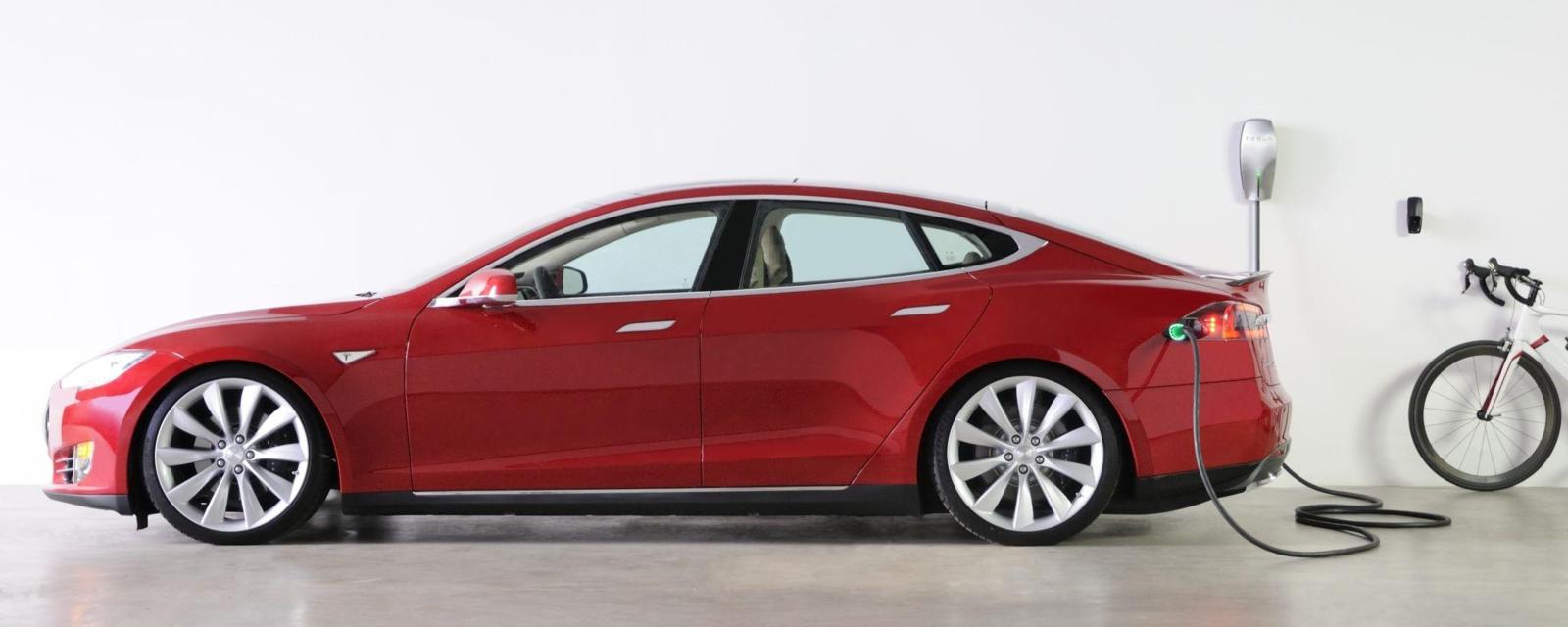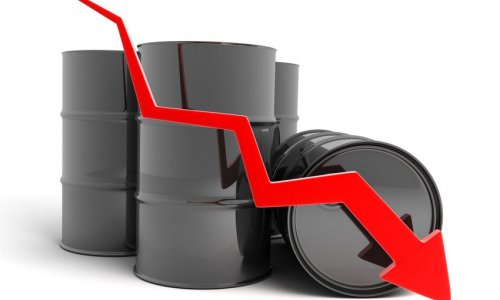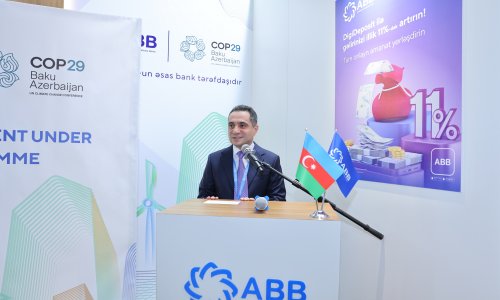IT'S AN ADOLESCENT ACT OF VANDALISM, probably more talked about than actually performed, but urinating into a fuel tank may one day have a practical and powerful purpose.
A team of researchers based at the University of the West of England in Bristol has developed a method for turning human effluent into electricity. Urine is basically chemicals in solution, so if those chemicals can be properly utilised, it can be a fuel like any other. The Bristol team uses a Microbial Fuel Cell (MFC) system, which harnesses microorganisms to create energy as part of their metabolic process. "Microorganisms are extremely efficient — more than 96% — at converting organic matter into energy, however a well-performing MFC is less than 60% at best”, says Professor Ioannis Ieropoulos, lead researcher and director of the Bristol BioEnergy Centre. "There is clearly a lot of room for improvement.”
To field test the process, the team installed a special urinal on their campus, and later another at the Glastonbury music festival. (The Glastonbury effort collected from a thousand donors a day in a male urinal, which allowed for single-stream recycling.) In both tests, the MFC system generated sufficient power to keep the interiors of the stalls lit with LED light fixtures.
For the moment, the process generates only enough electricity to recharge smartphones or lithium ion phosphate batteries that allow for continuous lighting. In areas with a poor power infrastructure (especially where issues of safety necessitate the illumination of public places), it’s a tremendous asset — the sun may not shine, and the wind may not blow, but rivers of urine will continue to flow. The technology is so promising that it has garnered the support of the Bill and Melinda Gates Foundation, and is currently being deployed through Oxfam to bring pee power to refugees in the developing world
As a happy side-benefit, the end product is made more environmentally friendly. "The effluent coming out of the MFC is cleaner than the urine that went in, and elementally better balanced, which could find uses as a fertilizer”, says Ieropoulos. "In addition, the MFC allows the recovery of useful resources such as phosphate.”
"There are several experiments we still need to perform before we can say with certainty what compounds and at what concentrations may be detrimental to the energy generation process”, he continues. "But from our Glastonbury data, it seems that urine with alcohol works very well as a fuel.”
This is clearly a technology flush with possibility. But with the limits of the current science and human bladder capacity, are pee-powered vehicles just a well-plumbed pipe dream?
Ieropoulos doesn’t think so. "We have directly powered continuously or intermittently other electronic devices such as DC pumps, DC motors, micro controllers for computing, and sensors. We envisage a future with advanced materials, highly energy efficient actuators, and storage devices where urine and other organic waste matter could be used as the fuel for charging the batteries of a vehicle.”
With enough Stella Artois, you could ride forever.
(BBC)
www.ann.az
Follow us !











